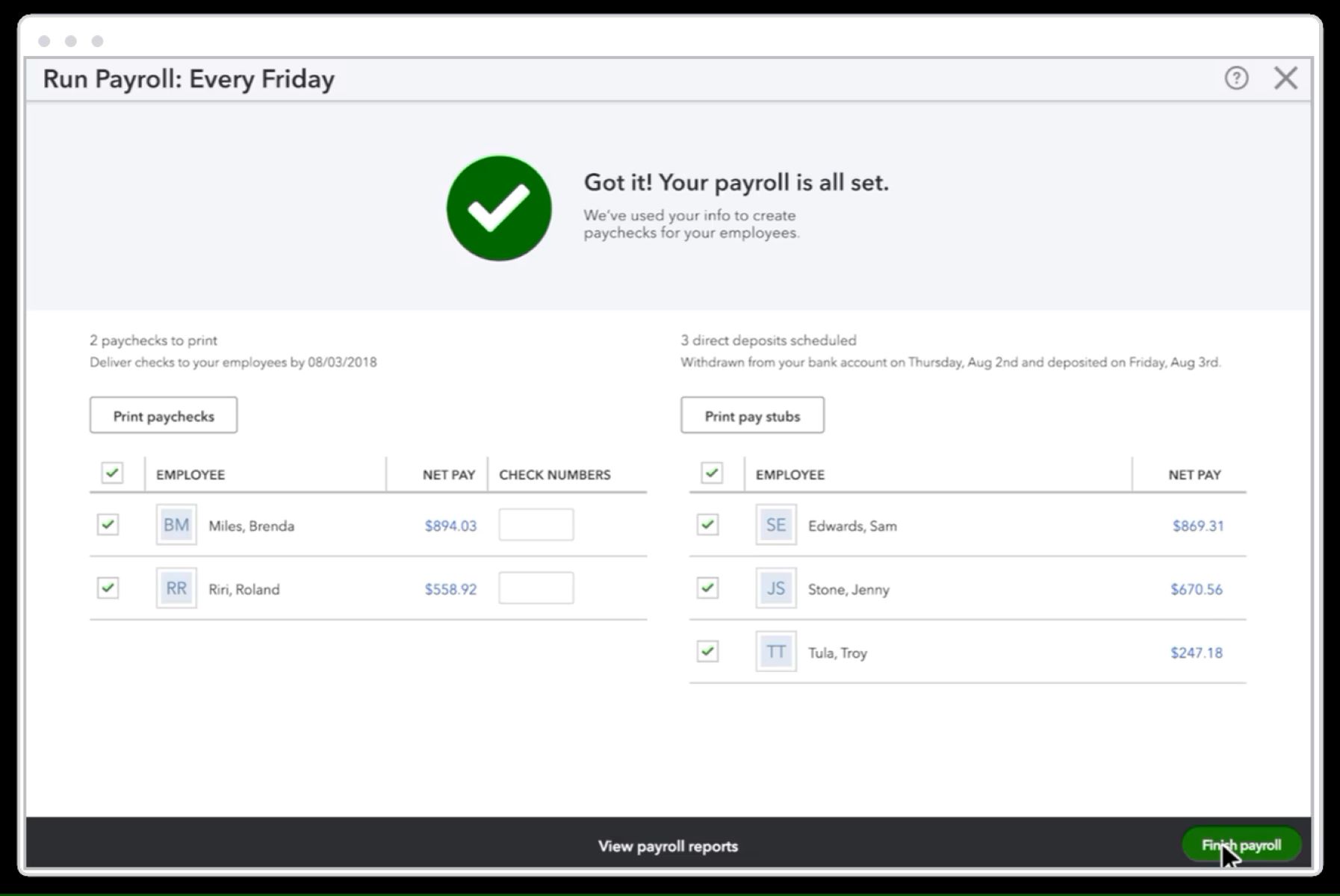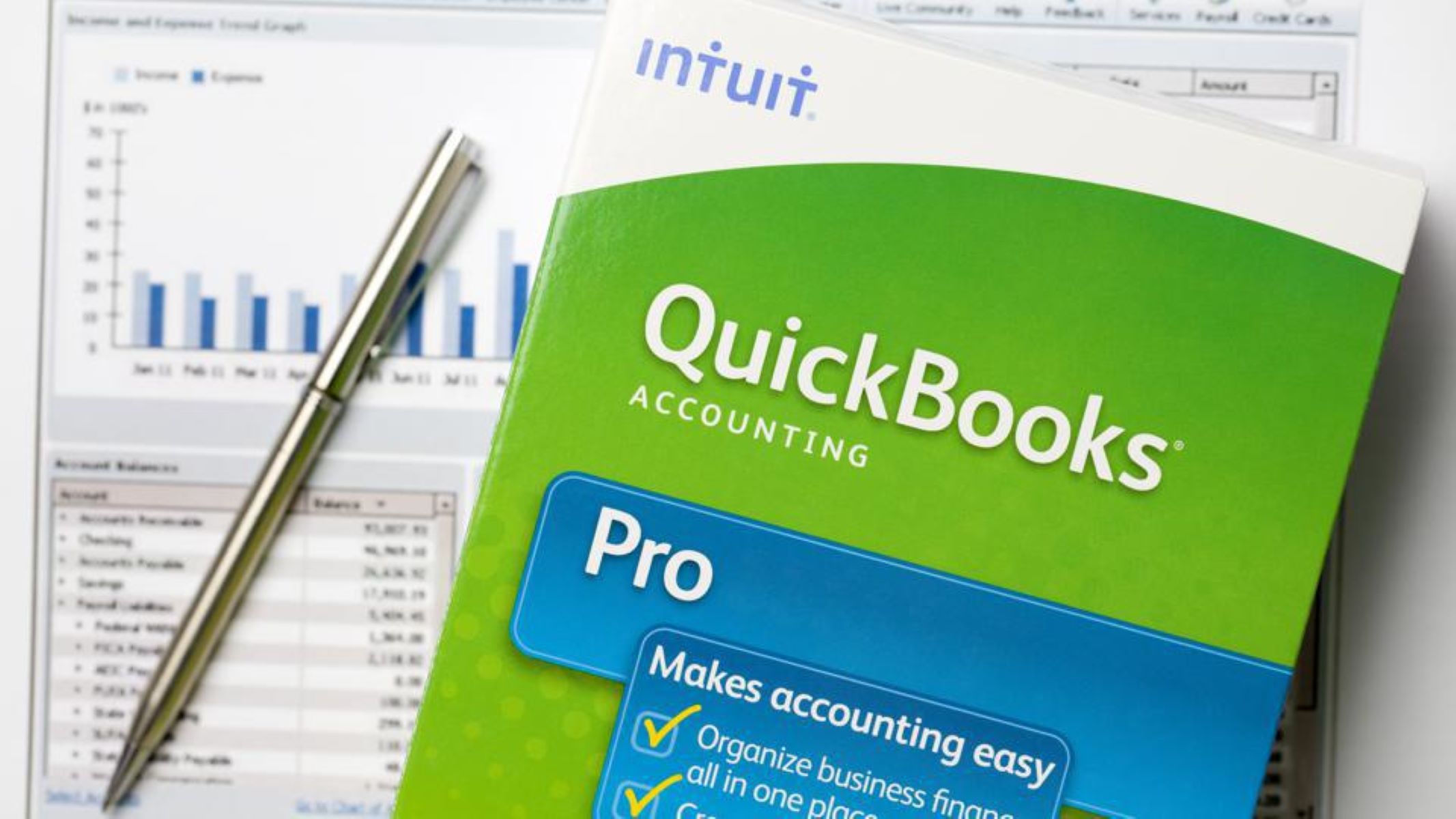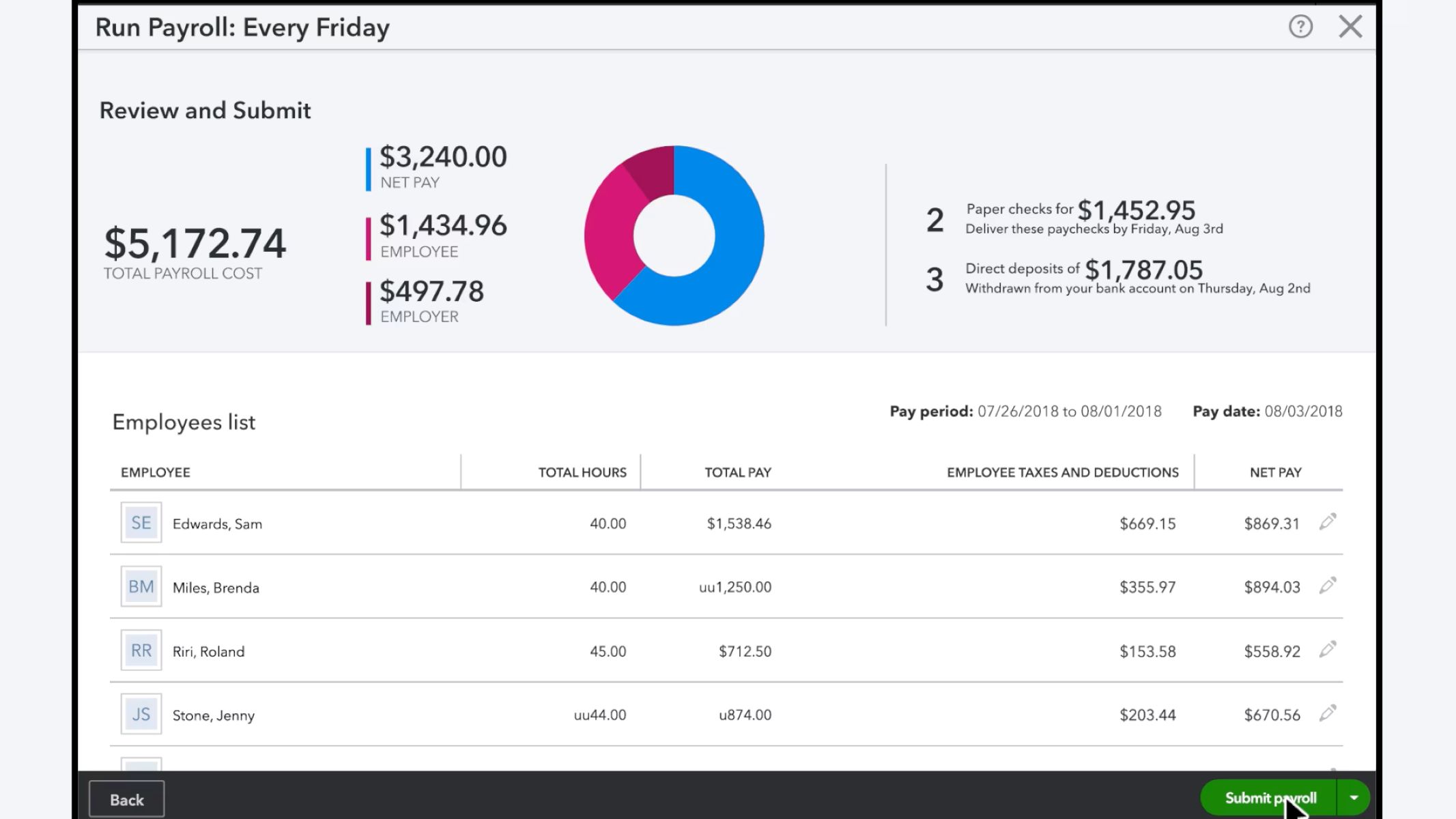What is a Workstation?
A workstation is a computer or a computing device that is used by an individual for performing specific tasks. It is designed to meet the requirements of a single user and can be customized to meet their needs. Workstations are commonly used for tasks that require high-performance computing, such as graphic design, video editing, engineering simulations, and financial modeling.
A workstation typically has more processing power, memory, storage, and graphics capabilities compared to a regular desktop computer. It is optimized for running resource-intensive applications and can handle complex tasks efficiently. Workstations also often come with specialized hardware, such as high-resolution displays, dedicated graphics cards, and high-speed storage devices, to enhance productivity and performance.
Workstations can be standalone machines or part of a network, depending on the requirements of the user and the nature of their work. In a networked environment, multiple workstations can be connected to a central server, allowing for centralized data storage, collaboration, and resource sharing.
Workstations play a crucial role in industries where computing power and reliability are paramount. They are widely used in fields such as architecture, engineering, computer-aided design (CAD), medical imaging, scientific research, and financial analysis. The power and capabilities of workstations enable professionals in these industries to work with large datasets, perform complex calculations, and create high-quality digital content.
Over the years, workstations have evolved to keep up with technological advancements. The latest workstations are equipped with cutting-edge processors, high-speed memory modules, and advanced graphics cards, enabling users to tackle even more demanding tasks. Workstations continue to be an essential tool for professionals who require top-of-the-line performance and reliability in their daily work.
What is a Port Number?
A port number is a unique identifier that allows communication between different programs or services running on a computer or a network. It works in conjunction with IP addresses to facilitate the transfer of data over the internet. Port numbers are commonly used in network protocols, such as the Transmission Control Protocol (TCP) and the User Datagram Protocol (UDP).
When data is sent from one device to another, it is divided into packets. Each packet contains the IP address of the sending and receiving devices, as well as a port number to identify the specific program or service on the receiving device that should handle the data. Just like a physical port on a ship where cargo is unloaded, a port number acts as a virtual endpoint for data to enter or exit a device.
Port numbers are represented by a 16-bit integer and can range from 0 to 65535. The range from 0 to 1023 is known as well-known ports and is used for commonly-used services, such as HTTP (port 80), FTP (port 21), and SSH (port 22). The range from 1024 to 49151 is used for registered ports, which are assigned by the Internet Assigned Numbers Authority (IANA) to specific services. The range from 49152 to 65535 is available for dynamic or private use.
Port numbers allow multiple services or applications to run simultaneously on a single device by differentiating the incoming data and directing it to the appropriate program or service. For example, if you are hosting a website on a web server, the web server will listen for incoming requests on port 80. When a request is received, the web server will process the request and send the appropriate response back to the requesting device.
Port numbers play a crucial role in network security as well. Firewalls and other security measures can be configured to allow or block specific port numbers, restricting or controlling the flow of data. By selectively opening or closing certain ports, network administrators can protect their systems from unauthorized access or potential threats.
In summary, a port number is a numeric identifier that enables communication between different programs or services on a computer or network. It is an important aspect of network protocols and allows for the efficient and secure transfer of data over the internet. Understanding port numbers is vital for managing computer networks and ensuring the smooth operation of various services and applications.
How Does a Workstation Determine the Port Number?
When a workstation establishes a connection with a server or another device on a network, it needs to determine which port number to use for the communication. The process of determining the port number depends on the communication protocol being used, such as TCP or UDP.
For TCP connections, the port number is typically determined by the client workstation. The client chooses a port number from the available range of dynamic ports (49152 to 65535) and uses it as the source port. This source port serves as the identifier for the client’s end of the connection. The server, on the other hand, uses a well-known port or a port assigned to a specific service as the destination port. When the server receives the incoming connection request, it uses the destination port number to direct the connection to the appropriate service running on the server.
For UDP connections, both the client and the server can choose and use any available port number. Unlike TCP, UDP does not require establishing a connection before transmitting data. Instead, UDP packets are sent independently and do not guarantee delivery or order of packets. As a result, the port number selection for UDP is typically less restricted, and both ends can use any suitable port number for sending or receiving data.
The assignment of port numbers for well-known services, such as web servers, email servers, or file transfer protocols, is managed by the Internet Assigned Numbers Authority (IANA). The IANA maintains a list of assigned port numbers, ensuring that popular services consistently use the same well-known ports across different devices and networks.
It’s important to note that the port number alone does not determine the security or integrity of the connection. Port numbers simply serve as a way for devices to identify and direct the traffic to the appropriate program or service. Additional security measures, such as firewalls, encryption, and authentication, are crucial for protecting the data transmitted over the network.
In summary, a workstation determines the port number based on the communication protocol being used. For TCP connections, the client workstation selects a dynamic source port, while the server uses a well-known destination port. In UDP connections, both ends can choose any available port number. The assignment of well-known ports is managed by the IANA to ensure consistency and compatibility across different devices and networks.
Considerations for Choosing a Port Number
When choosing a port number for a specific service or application, there are several considerations that should be taken into account. These considerations help ensure efficient communication, avoid conflicts, and maintain network security.
1. Well-Known Ports: It is advisable to check if the service or application you are configuring has a well-known port already assigned by the Internet Assigned Numbers Authority (IANA). Using a well-known port provides consistency and compatibility, as other devices and services are likely to expect communication on that port.
2. Avoid Commonly Used Ports: Some port numbers, such as port 80 for HTTP or port 443 for HTTPS, are commonly used for specific services. It is recommended to avoid these ports unless you are specifically configuring the associated service. Using commonly used ports for unrelated services can cause conflicts and hinder proper communication.
3. Dynamic or Private Ports: If a well-known port is not available or suitable for your application, you can choose a port number from the range of dynamic or private ports (49152 to 65535). These ports are designated for dynamic or private use and are less likely to cause conflicts with other services.
4. Security Considerations: It is important to consider the security implications of the port number you choose. Some port numbers, particularly those in the well-known range, may be more susceptible to scanning or attacks. Using non-standard or less commonly used port numbers can add an extra layer of security by reducing the visibility of your service to potential attackers.
5. Firewall Configuration: If your network has a firewall in place, you need to ensure that the chosen port number is allowed through the firewall. Configuring the firewall to permit inbound and outbound traffic on the selected port is essential for seamless communication between the client and server.
6. Documentation and Communication: It is recommended to maintain proper documentation of the port numbers assigned to various services or applications in your network. This documentation ensures that the port numbers are easily identifiable and can be communicated to other network administrators or users as needed.
By considering these factors, you can select an appropriate port number for your service or application, avoiding conflicts with other services, ensuring compatibility, and maintaining network security. Choosing the right port number facilitates seamless communication and enhances the overall performance and functionality of your network.
How to Set Up Port Numbers in QuickBooks 2019
Setting up port numbers in QuickBooks 2019 is essential for smooth communication between the QuickBooks application and other devices or services on your network. Here’s a step-by-step guide to help you configure port numbers:
1. Identify the required port numbers: Determine which port numbers need to be configured for QuickBooks 2019. QuickBooks uses specific ports for different functionalities, such as file sharing, database connections, and printing. Refer to the QuickBooks documentation or consult with your IT department to identify the necessary port numbers.
2. Access the firewall settings: To configure port numbers, you need to access the firewall settings on your computer. Open the Control Panel and search for “Firewall” to find the appropriate settings. Alternatively, you can use the Windows Search function to search for “Firewall” directly.
3. Open the necessary ports: In the firewall settings, locate the options for allowing inbound and outbound connections. Look for an option related to port settings or adding new ports. Click on the option to open a new window or dialogue box where you can add the necessary port numbers.
4. Add the port numbers: Within the port settings, click on “Add” or a similar button to add a new port. Enter the port number and select the appropriate protocol (TCP or UDP) for each port. Repeat this step for all the required port numbers associated with QuickBooks 2019.
5. Specify the applications: Some firewall settings may require specifying the application associated with the port numbers. Look for an option to assign the port numbers to the QuickBooks application. This ensures that the ports are specifically open for QuickBooks and not for other applications.
6. Save and apply the settings: After adding the necessary port numbers and specifying the QuickBooks application, save your changes in the firewall settings. Apply the new settings to ensure they take effect. Close the firewall settings window and exit the Control Panel.
7. Test the connection: Once the port numbers are configured, it’s crucial to test the connection to ensure proper communication. Launch QuickBooks 2019 and perform various operations that require network connectivity, such as accessing the company file or printing. If everything works smoothly, the port numbers have been set up correctly.
Remember to consult with your IT department or network administrator if you’re unsure about specific port numbers or firewall settings. They can provide guidance and ensure that the port configurations align with your network infrastructure and security policies.
By following these steps, you can successfully set up the necessary port numbers in QuickBooks 2019, enabling seamless communication and efficient functioning of the software in your network environment.
Troubleshooting Common Port Number Issues in QuickBooks 2019
While setting up port numbers is crucial for the proper functioning of QuickBooks 2019, issues may arise that can disrupt communication or cause connectivity problems. Here are some common port number issues that you may encounter and troubleshooting steps to resolve them:
1. Firewall blocking port numbers: One of the most common issues is when the firewall blocks the port numbers required by QuickBooks. To troubleshoot this issue, check the firewall settings to ensure that the port numbers are allowed for both inbound and outbound connections. If necessary, add the port numbers to the firewall’s whitelist to enable seamless communication.
2. Incorrect port number configuration: It’s possible that the port numbers for QuickBooks 2019 were not set up correctly during the initial configuration. Double-check the port numbers in the firewall settings and ensure that they match the recommended port numbers for QuickBooks. If there are any discrepancies, update the port numbers accordingly.
3. Conflicting port numbers: Another common issue is when the port numbers used by QuickBooks are already being used by another application or service on your system. This can cause conflicts and disrupt communication. Use a port scanning tool to identify any conflicting port numbers and reconfigure either QuickBooks or the conflicting application to use different port numbers.
4. Antivirus software interference: Certain antivirus software may have built-in firewall features that can interfere with the port numbers used by QuickBooks. Temporarily disable the antivirus software or add an exception for QuickBooks in the antivirus settings. Remember to re-enable the antivirus software after troubleshooting to maintain system security.
5. Network configuration issues: If QuickBooks is unable to connect to the server or other devices on the network, it may be due to incorrect network configuration. Check the network settings, including IP addresses, subnet masks, and default gateways, to ensure they are properly configured. It’s also important to verify that there are no network connectivity issues, such as faulty cables or network congestion, that could affect communication.
6. Outdated QuickBooks version: If you experience persistent port number issues, it’s worth checking if you are using the most up-to-date version of QuickBooks. Updates and patches often include fixes and enhancements that can address known issues, including port number-related problems. Update QuickBooks to the latest version available and check if the port number issues persist.
7. Seek technical support: If you have exhausted the troubleshooting steps and are still experiencing port number issues in QuickBooks 2019, it may be necessary to seek technical support. Contact the QuickBooks support team or consult with your IT department for further assistance. Provide them with detailed information about the specific issue, including error messages or symptoms you are experiencing, to help them diagnose and resolve the problem effectively.
By addressing and troubleshooting these common port number issues, you can ensure that QuickBooks 2019 operates smoothly and facilitates seamless communication with other devices and services on your network.

























